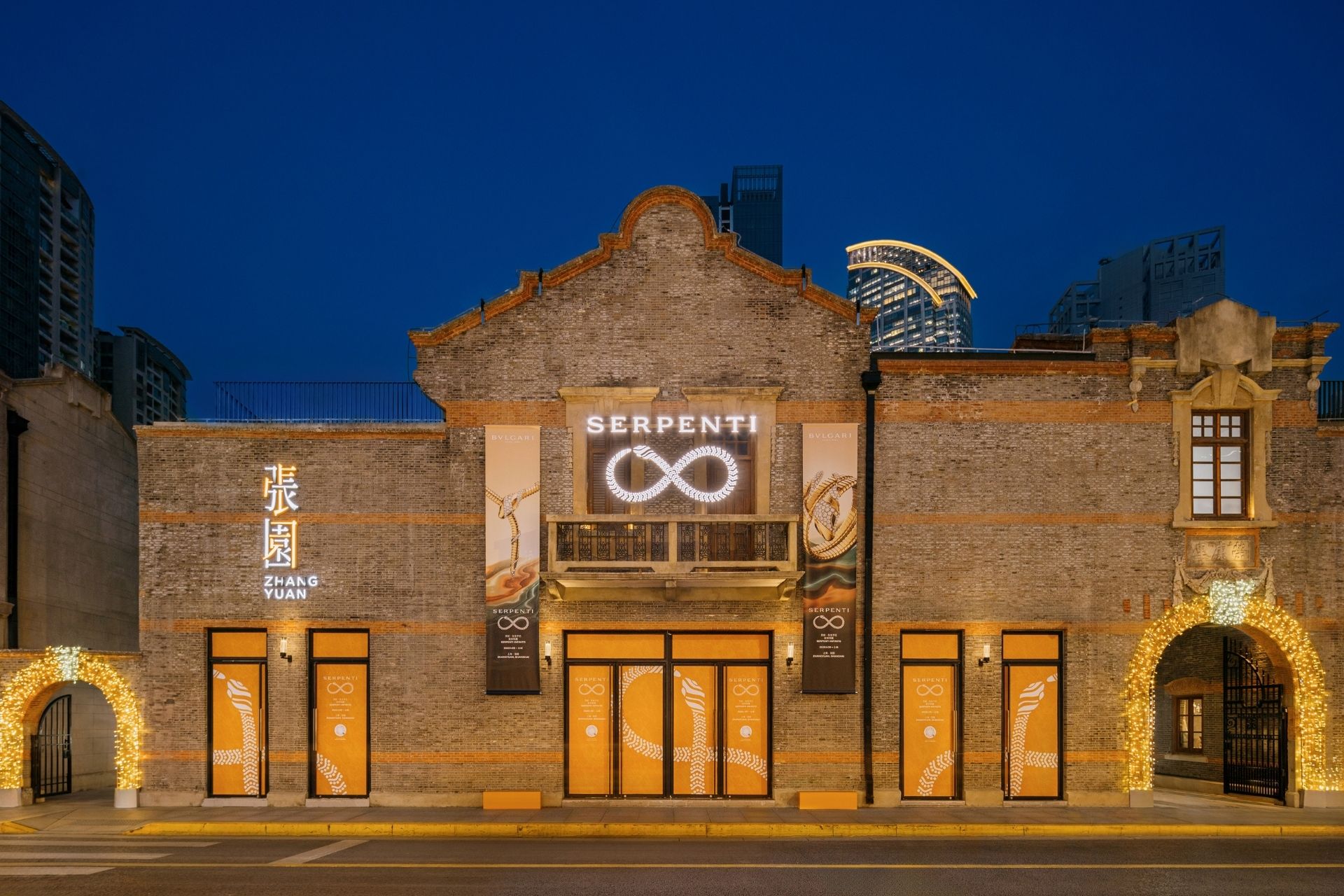Diverse, region-specific legislation has made it difficult for the wine industry to capitalise on the promise of e-Commerce, but could that be set to change?

Diverse, region-specific legislation has made it difficult for the wine industry to capitalise on the promise of e-Commerce, but could that be set to change?
Image: Christie’s
“The wine industry is tremendously fragmented and insular,” suggests digital wine marketer, Paul Mabray, to Think Wine Marketing. "It also suffers from one of the most antiquated, regulated and complicated distribution paradigms. It is an extremely long tail product with approximately 250,000 individual SKUs entering the market annually, with many remaining in the market from 3-10 years.
“Plus there has been a tremendous proliferation of brands with ever decreasing market access through traditional distribution channels. Mix this with technology and you have a lot of complicated puzzle pieces to cobble together to help make a frictionless transaction occur.”
The e-Commerce wine model eventually proved too difficult for Amazon.com, who spent over a decade trying to ignite the online wine market in the United States. Diverse, region-specific legislation, regarding the purchase and delivery of alcohol, has made it far more difficult for the wine industry to capitalise on the promise of e-Commerce, than it has been for purveyors of fashion, travel and luxury goods.
“ Unlike clothing, one cannot return a bottle of Chateau Lafite-Rothschild after ‘trying it on’ ”
Internet retailers like Net-a-Porter have proven beyond doubt the case for selling luxury online, working creatively to overcome the limitations traditionally associated with retailing designer fashion – sizing, fit and ‘feel’ to name a few. But wine – alongside fine foods – presents a new dimension of challenge: taste. And unlike clothing, one cannot return a bottle of Chateau Lafite-Rothschild after ‘trying it on’.
Resultantly, when it comes to the trade of the world’s finest wines, sales have remained firmly the domain of auction houses and private brokers. Online retailing has undoubtedly changed fine wine trading in past 5-10 years, but the industry still lacks unified retail platforms that have been able to overcome operational challenges on a global scale.
“All fine wines sold internationally are now sold via e-mail or through the Internet, with occasional visits to meet with clients during the year,” explains Paul Liversedge, founder of Real Wines. “Winesearcher has made the fine wine market completely transparent in pricing terms, and there are various must-consult websites when buying fine wines, such as Robert Parker, Jancis Robinson, Burghound etc.”
“ All fine wines sold internationally are now sold via e-mail or through the Internet ”
“That said, I would never buy fine wine from online auctions such as eBay or Ricardo.ch because you have no idea where or how the wine has been stored. Obviously Christies and Sotheby’s could not afford to sell wine of poor provenance, but some fine wine merchants sell through these channels. You have to be very careful who you buy from and with older bottles, get the full history of their provenance and inspect the bottles personally before you buy.”
The online wine market is riddled with complication, but a few recent successes in the digital space shows an industry advancing in the information age. Vente-Privee.com, the Web retailer founded in 2001, has become France’s biggest online seller of wine, and last month began exporting discounted bottles to Germany and Spain. In 2011, Europe’s first flash sale site sold 2 million bottles in France, for total wine revenues of €20 million, offering 40 to 50 percent discounts on Grand Cru vintages from Burgundy and Bordeaux.
As recently as last week, famed auction house Christie’s sold a case of 1982 Chateau Lafite-Rothschild for US$42,350, at its first online-only fine wine auction. ‘Signature Cellars’ totalled near $820,000 over two weeks, with 88% of lots sold to a majority of Asian and American private buyers. The top ten lots included Château Lafite, Mouton-Rothschild, Petrus, Latour and Margaux, most of them exceeding or meeting their estimates.
“ Christie’s sold a case of 1982 Chateau Lafite-Rothschild for US$42,350, at its first online-only wine auction ”
Christie’s first allowed online bidding in 2006, with audio and video of sales streamed live, and bidders able to raise ‘online paddles’. By 2011, 29 percent of the bids Christie’s received globally came through its online platform, “Christie’s LIVE,” where approximately half of those bids were by new clients. Wine was the most popular category with online bidders, with 21 percent of Christie’s global wine sales last year.
‘Signature Cellars’ was the house’s first auction where all browsing and bidding was done entirely online. Bidding is said to become ‘frenzied’ as collectors received instant alerts by email or phone when any other competitor bid above them. Following its success, the auction house plans to run a series of online fine wine sales alongside its calendar of saleroom-based auctions.
The online imperative comes at a time when traditional channels of marketing and distribution are under threat. Vinexpo CEO Robert Beynat says a ‘complicated’ U.S. wine market and the economic downturn contributed to the indefinite postponement of its first U.S. consumer show.
“ A complicated U.S. wine market contributed to the postponement of Vinexpo’s first consumer show ”
The three-day event was to be held in New York in November, with up to 6,000 consumer visitors expected and a one-day ticket costing US$180. Sadly only 52 tasting areas out of the scheduled 150 could be sold to wineries. “With this limited number of exhibitors we were afraid of attracting a limited number of visitors,” he explained to Decanter.com. “I guess the economic crisis didn’t help, [but] promoting wine in the U.S. is quite complicated.”
In the absence of grand scale consumer events, sites like Vente-Priveé.com present obvious communications benefits, putting their brands directly in the hands (and on the taste buds) of new consumers. “It’s really a marketing campaign" remarked Rhone Valley winemaker Michel Chapoutier, of his partnership with Vente-Priveé. "We’re shipping out paid samples, not discounted products. People then recognize our brand on wine lists in restaurants, or call us to order another case.”
The final challenge for fine wine in the digital world, lies in the hands of its consumers. According to recent research by e-Commerce body FEVAD, approximately half of e-shoppers in the past six months purchased travel and clothing or fashion accessories, whilst only 16 percent purchased food or wine. Though if Christie’s recent online auction is anything to go by, perhaps the demand exists, but is not yet being properly facilitated.
To further investigate Fine Wine on Luxury Society, we invite your to explore the related materials as follows:
– The Treasure Trend and Passion Investing
– 2012 Luxury Industry Predictions from the Experts
– China’s Market for Fine Wine Shows Maturity








